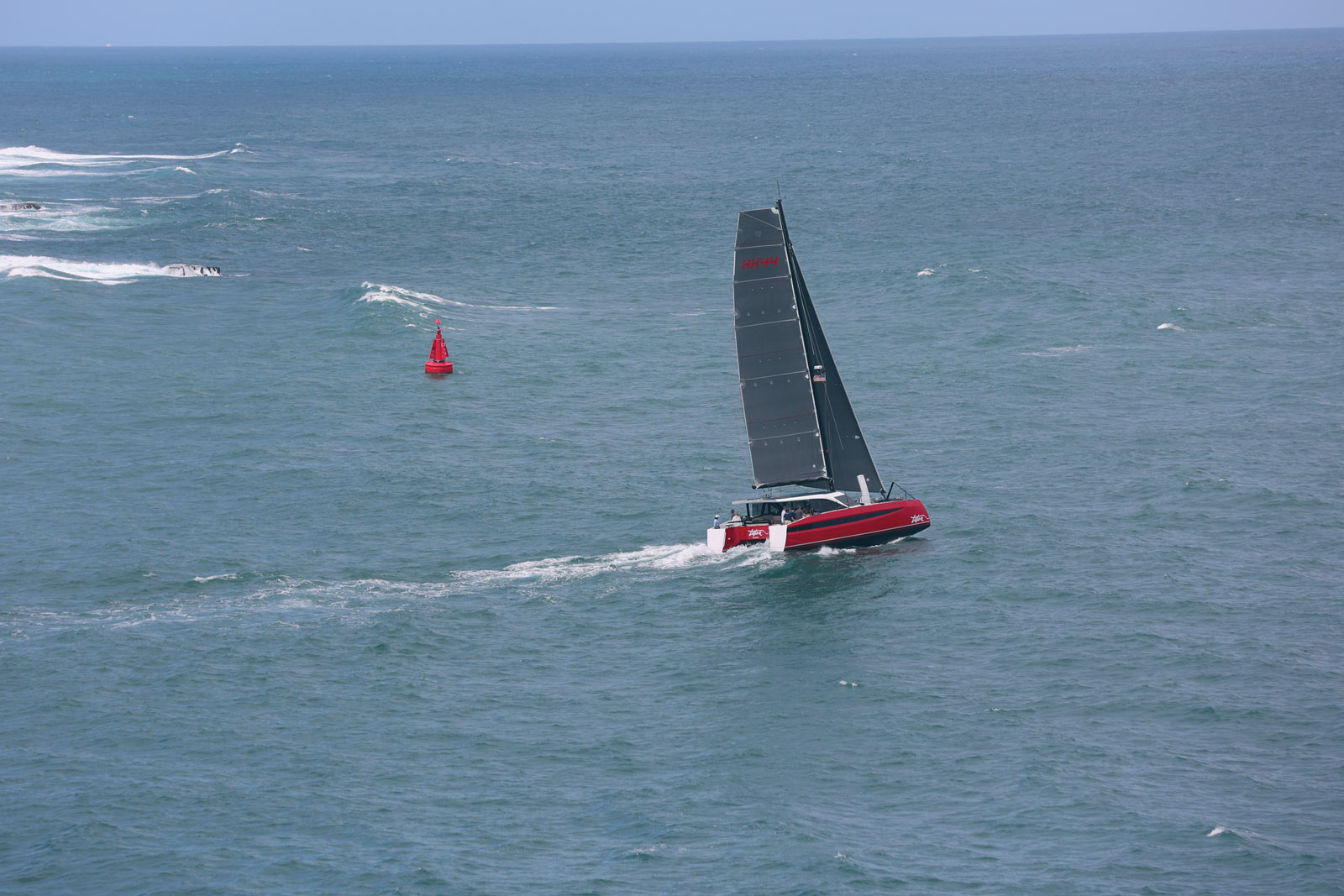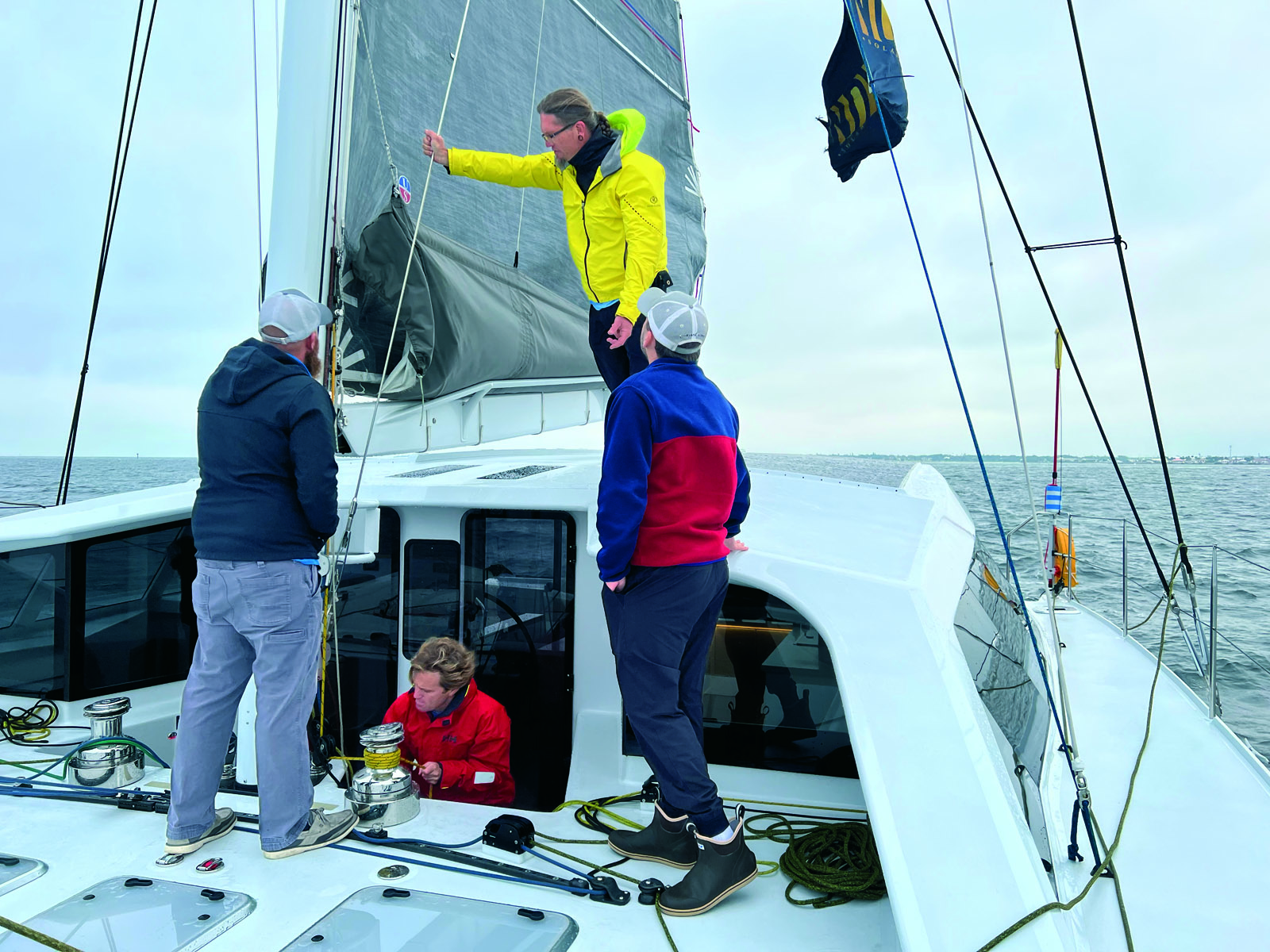
Issue #: 203
Published: October / November 2025
- Price per issue - digital : 6.50€Digital magazine
- Price per issue - print : 9.50€Print magazine
- Access to Multihulls World digital archives Digital archives
Although the concept of multihulls, i.e., boats with multiple hulls, is very old, the popularity of modern recreational catamarans and trimarans is fairly recent. This success has piqued the curiosity of some monohull enthusiasts while drawing criticism from others. Beyond the sterile controversy, if we start from the premise that no boat is perfect, it is legitimate to ask a number of questions. To validate certain factual observations but also to dispel a few persistent misconceptions, here is a look at 10 of the most common preconceived ideas about multihulls.




What readers think
Post a comment
No comments to show.